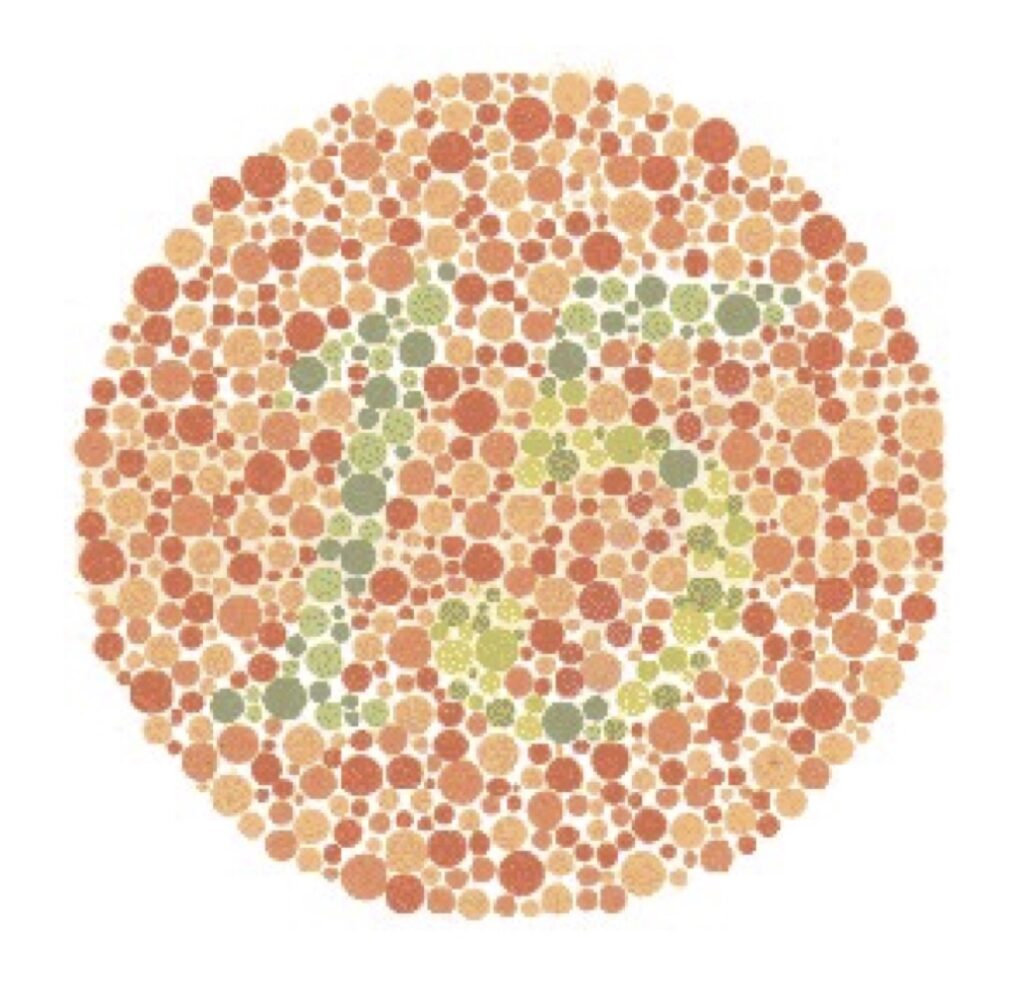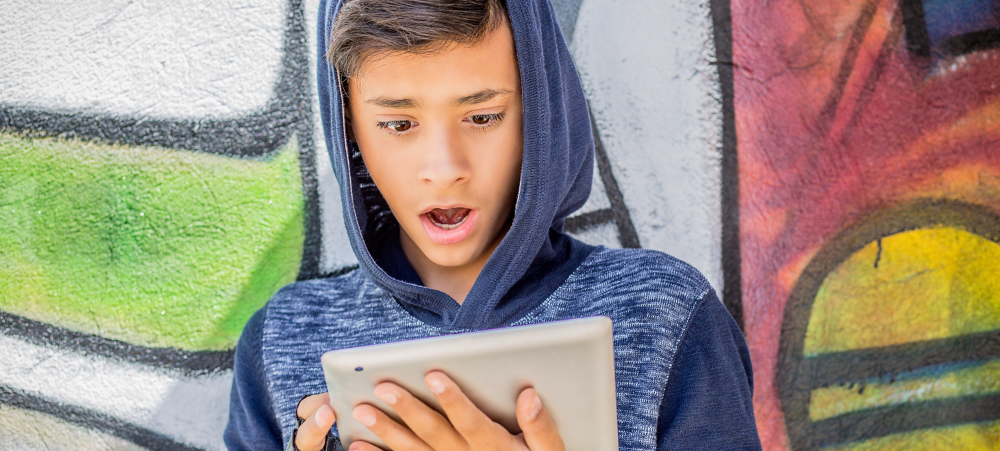Most of us are aware of the fact that all people do not see colour in the same way. Some individuals suffer from colour blindness, where the brain does not have the ability to see certain colours.
If you ask people to tell you the number they see in the image below, the majority will respond by saying that it is clearly the number 15.

However, people with red green colour blindness will tell you with absolute certainty that it is the number 17. No matter how many times you tell them to look again, for them 17 is an absolute truth.
In a similar manner, children can be seen as being “digitally colour-blind”. They simply do not have the ability to detect danger in the digital world. Some of this “digital colour-blindness” can be attributed to brain development. The frontal cortex, the area of the brain that assists with reasoning and helps us to think before we act, only develops later in life. This, combined with the fact that children may not yet have sufficient experience to identify and respond effectively to danger, puts every child at risk in the digital age.
Even if you try to teach your children and they a) try their best to please you by listening to you and follow your advice (read younger child), or b) try their best to prove you wrong (read teenager), they most likely will not be able to see the digital red warning light even if it is right in front of them.
To make things worse, many parents are not digitally educated enough to know about these dangers and to look out for them on behalf of their children. Digital predators are aware of this…
Which leaves us, as parents, with the question: “What can we do about this?”
As a start, parents need to be aware of the risks that the digital world poses to their children. They need to be aware of the applications their children have access to and how it is being used. At the same time, it is critical that we educate our children about these risks, but knowing that education alone will not be enough to protect our children while they are still in the process of developing the skills to detect “digital red.”
It is during this critical time that not only you, but also your child needs FYI play it safe. FYI play it safe monitors your child’s online interactions and activities and will let you know when there are any red flags that you have to be aware of. It monitors for signs of cyberbullying, depression, self-harm, suicidal ideation, when they talk to potential online predators, or when they engage in adult content.
The simple fact is this, the digital world will be an essential part of our children’s lives in future. If we choose to allow them to be online, we should guard them and make the journey safer for them. With FYI play it safe, you have that extra layer of safety.
Sign-up for your FREE 7-day trial now by going to www.fyiplayitsafe.com and downloading the app to your child’s phone. It takes less than 10 minutes to set up, with easy steps.
Authors: Hester Burger, Rachelle Best
For more information visit www.fyiplayitsafe.com
FYI play it safe is active on Facebook and Instagram at @FYIplayitsafe and shares regular articles and industry updates.
- Have you asked your child:‘What’s the worst thing you have seen online?’ - January 23, 2024
- Teens & tweens are watching porn & we need to talk about it - November 23, 2023
- Always online – SA teens share real-life experiences - October 16, 2023





